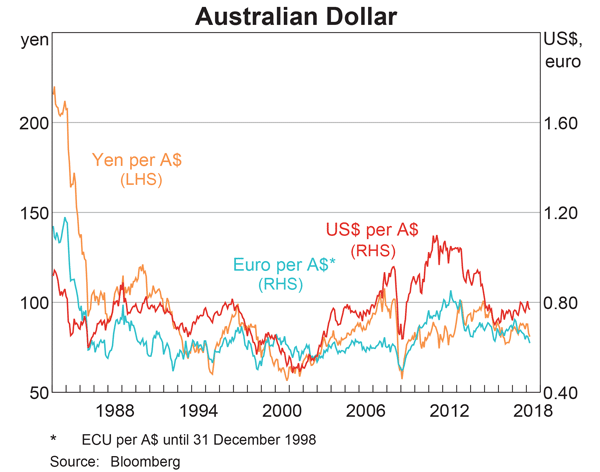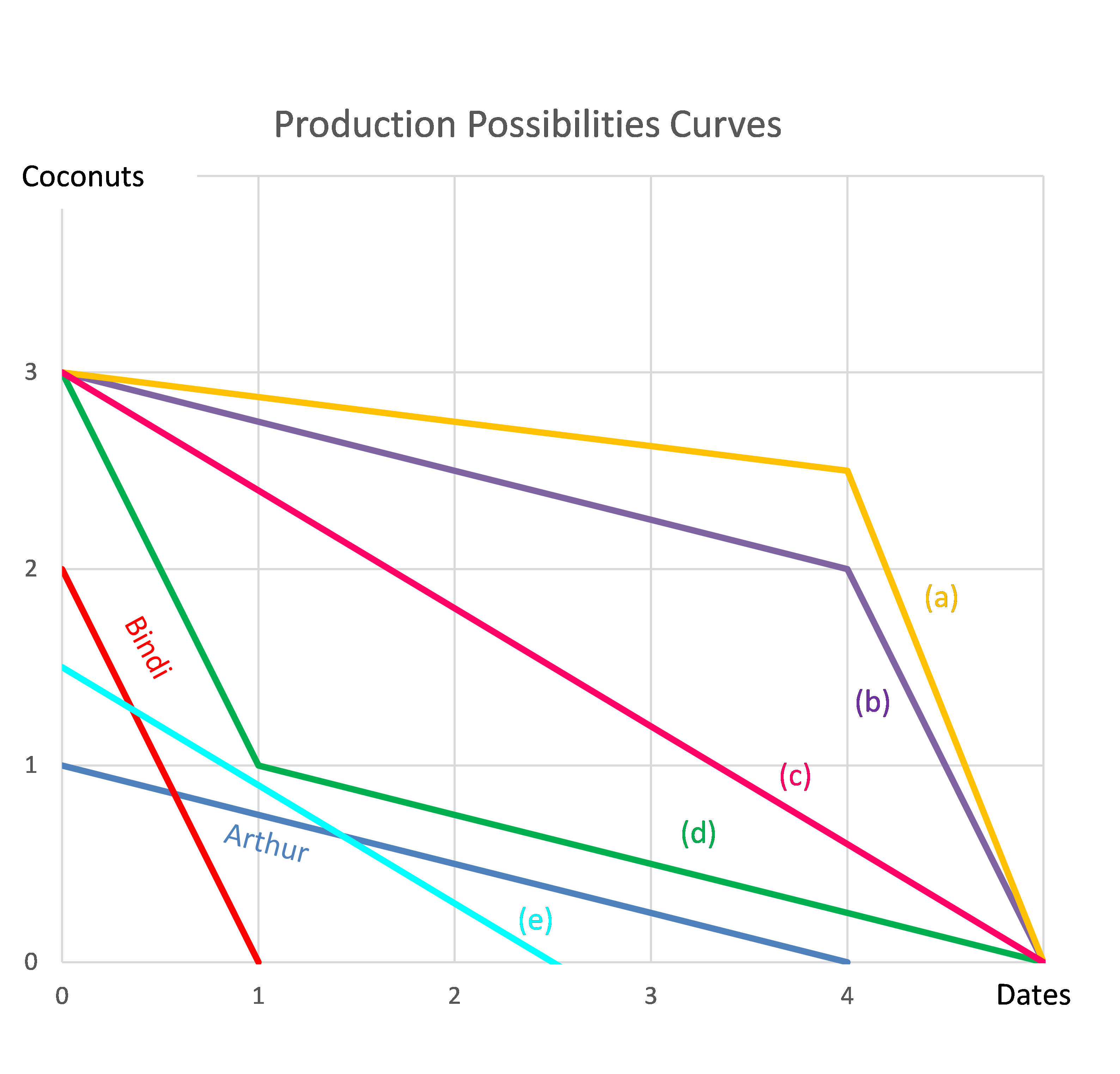The US firm Google operates in the online advertising business. In 2011 Google bought Motorola Mobility which manufactures mobile phones.
Assume the following:
- Google had a 10% after-tax weighted average cost of capital (WACC) before it bought Motorola.
- Motorola had a 20% after-tax WACC before it merged with Google.
- Google and Motorola have the same level of gearing.
- Both companies operate in a classical tax system.
You are a manager at Motorola. You must value a project for making mobile phones. Which method(s) will give the correct valuation of the mobile phone manufacturing project? Select the most correct answer.
The mobile phone manufacturing project's:
A stock was bought for $8 and paid a dividend of $0.50 one year later (at t=1 year). Just after the dividend was paid, the stock price was $7 (at t=1 year).
What were the total, capital and dividend returns given as effective annual rates? The choices are given in the same order:
##r_\text{total}##, ##r_\text{capital}##, ##r_\text{dividend}##.
Question 444 investment decision, corporate financial decision theory
The investment decision primarily affects which part of a business?
An equity index is currently at 5,200 points. The 6 month futures price is 5,300 points and the total required return is 6% pa with continuous compounding. Each index point is worth $25.
What is the implied dividend yield as a continuously compounded rate per annum?
An equity index stands at 100 points and the one year equity futures price is 102.
The equity index is expected to have a dividend yield of 4% pa. Assume that investors are risk-neutral so their total required return on the shares is the same as the risk free Treasury bond yield which is 10% pa. Both are given as discrete effective annual rates.
Assuming that the equity index is fairly priced, an arbitrageur would recognise that the equity futures are:
An equity index fund manager controls a USD1 billion diversified equity portfolio with a beta of 1.3. The equity manager fears that a global recession will begin in the next year, causing equity prices to tumble. The market does not think that this will happen. If the fund manager wishes to reduce her portfolio beta to 0.5, how many S&P500 futures should she sell?
The US market equity index is the S&P500. One year CME futures on the S&P500 currently trade at 2,062 points and the spot price is 2,091 points. Each point is worth $250. How many one year S&P500 futures contracts should the fund manager sell?
Examine the graph of the AUD versus the USD, EUR and JPY. Note that RHS means right hand side and LHS left hand side which indicates which axis each line corresponds to. Assume inflation rates in each country were equal over the time period 1984 to 2018.

Which of the following statements is NOT correct?
Question 896 comparative advantage in trade, production possibilities curve, no explanation
Adam and Bella are the only people on a remote island. Their production possibility curves are shown in the graph.

Which of the following statements is NOT correct?
Question 978 comparative advantage in trade, production possibilities curve, no explanation
Arthur and Bindi are the only people on a remote island. Their production possibility curves are shown in the graph.
Assuming that Arthur and Bindi cooperate according to the principles of comparative advantage, what will be their combined production possibilities curve?

Question 984 principal agent problem, moral hazard, asymmetric information, no explanation
When does the ‘principal-agent problem’ occur? Is it when:
I. The principal has conflicting incentives (moral hazard);
II. The agent has conflicting incentives (moral hazard);
III. The principal has incomplete information about the agent (asymmetric information); or
IV. The agent has incomplete information about the principal (asymmetric information)?
The principal-agent problem occurs when statements: